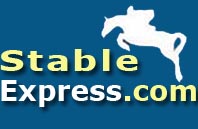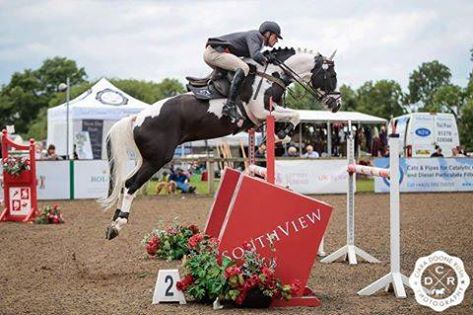Cob
A cob is a small horse, usually of a stout build, with strong bones, large joints, and steady disposition; it is a body type of horse rather than a specific breed. Historically, in the United Kingdom and, to a lesser extent, the eastern United States, a 'cob' may be a common horse used for everyday riding.The term continues to be widely used to describe this type of horse in the United Kingdom, but less so in North America. In the United States, The term "cob" is primarily used to describe the Welsh cob, and in the sizing of bridles for horses, designating a smaller size that will fit not only the Welsh cob, but also many Morgans, Arabians, some American Quarter Horses, and other horses with short, triangular-shaped heads.
In general terms, cobs are larger than ponies, standing 14.2 hands or taller, but are relatively small and compact, usually with somewhat short legs. The breed of horse known today as the Section D Welsh cob exemplifies the classic build of the historic cob. It is said that good show cob should have "the head of a lady and the backside of a cook."
Popular uses of the cob include driving, showing and recreational riding. Cob-type breeds have become increasingly popular for Riding for the Disabled Association (RDA), as well as for riders who seek horses who are responsive but with a calm temperament, shorter stature and steady, comfortable gaits.
The rulebook of the British Show Horse Association (BHSA), states: "The Cob is a type rather than a breed. A short-legged animal exceeding 148cms (58 inches or 14.2 hands) with a maximum height of 155cms (61 inches or 15.1 hands), it has bone and substance with quality and is capable of carrying a substantial weight...Cobs should have sensible heads, (sometimes roman nosed), a full generous eye, shapely neck crested on the top, with a hogged mane and well defined wither...The Cob should also have clean, strong hocks and all the attributes of a good hunter."
Show cobs in the United Kingdom are overseen by the British Show Horse Association (BHSA), formerly known as The British Show Hack, Cob and Riding Horse Association. Cobs are registered in three divisions: lightweight (minimum of 8½" bone), heavyweight (minimum of 9" bone), or Maxi Cob exceeding 155 cms. The classes where cobs are shown also have a similar breakdown:
Lightweight Cob – mare or gelding 4 years old and over, exceeding 148cms, but not exceeding 155cms, capable of carrying up to 14 stone (196 pounds).
Heavyweight Cob – mare or gelding 4 years old and over, exceeding 148cms, but not exceeding 155cms, capable of carrying more than 14 stone.
Maxi Cob exceeding 155cms - to be judged as Cobs. Judges must pay particular attention to type (i.e. short legged animals of Cob type). Preferably to be shown hogged.
Maxi Cobs are treated a bit differently from other divisions. The highest placed animals qualify for the Maxi Cob final at the National Championship show. Winners of these classes are not eligible for open cob championships.
Cobs are exhibited with manes hogged, legs trimmed, and pulled tails and may be ridden astride or sidesaddle.
Working Cob classes may also be held, where the horses must jump a series of fences and then demonstrate their paces on the flat in a manner similar to the requirements in British Working Hunter classes.
Fence heights for novice classes are minimum 2'3", maximum 2'6", with a maximum spread 2'6". In open classes, fences are 2'6-2'9", maximum spread 2'9". The height of the jumps may be raised at the National Championship Show at the discretion of the Course Builder or Show Director.
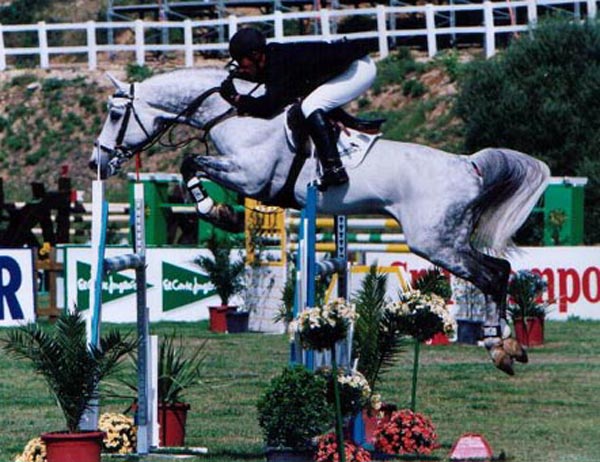
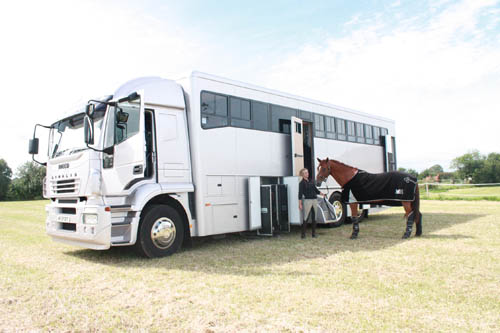
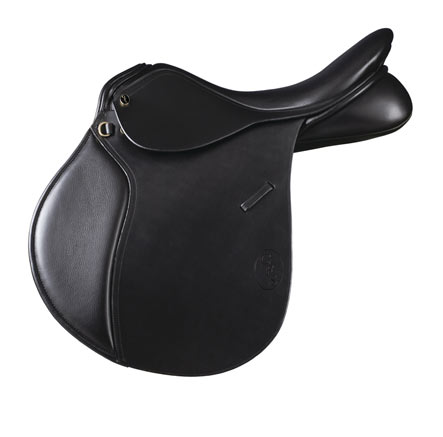
GFS Lightweight Stable Rugs Pictures | Stable Construction | Event Horses | Event Horses | Horse Websites
